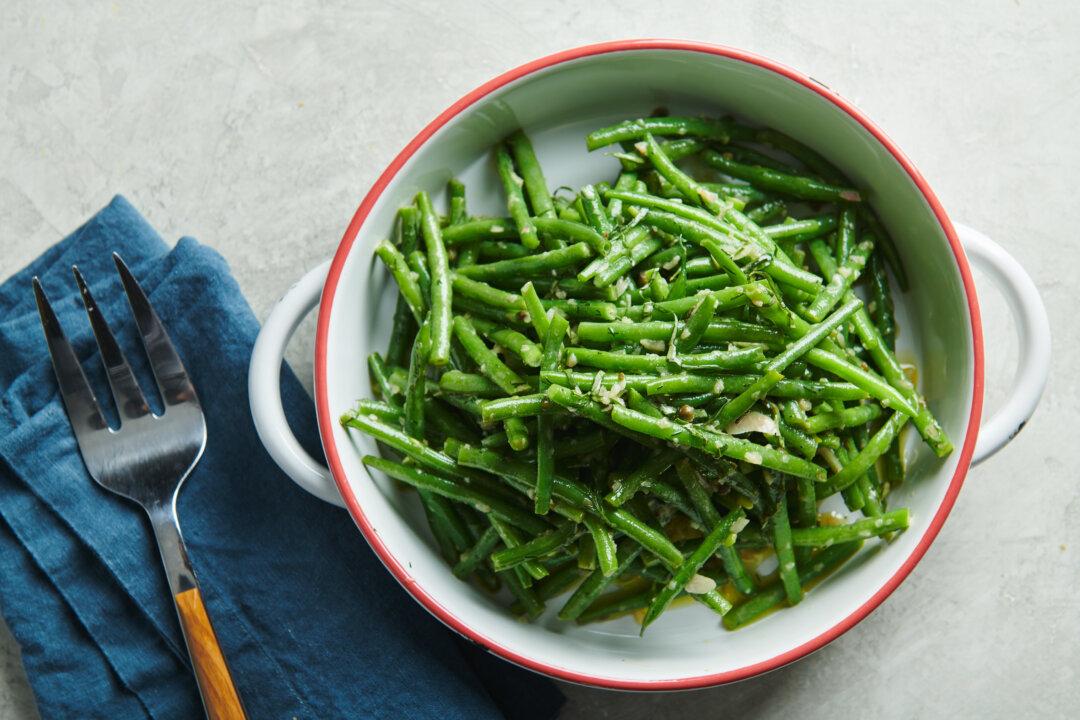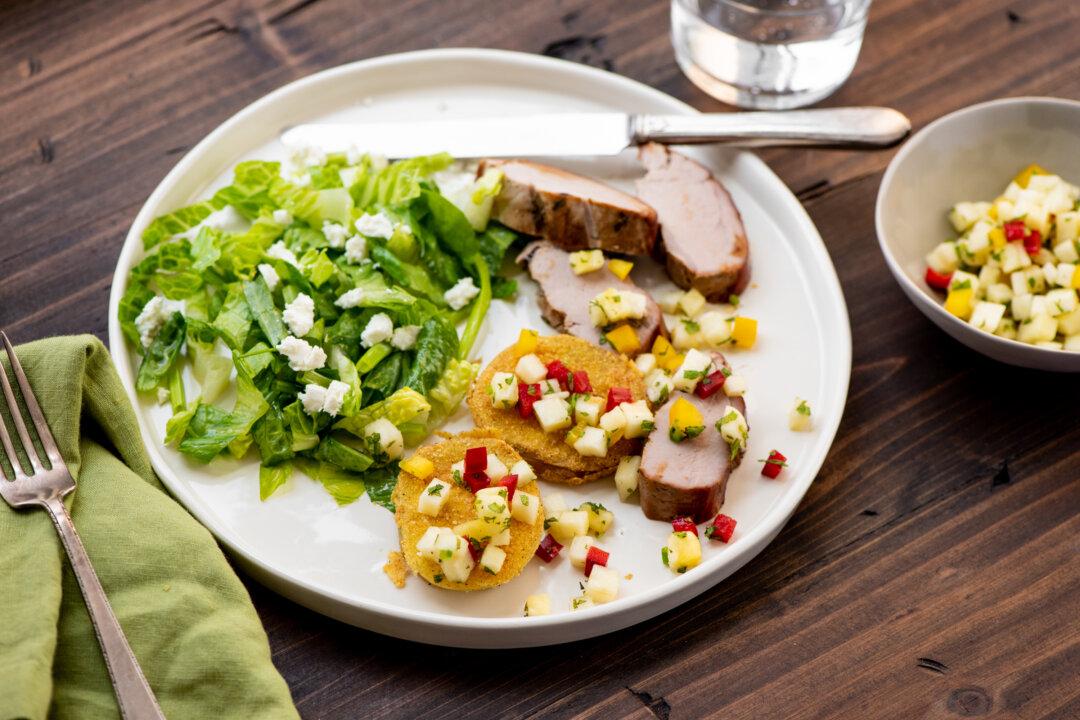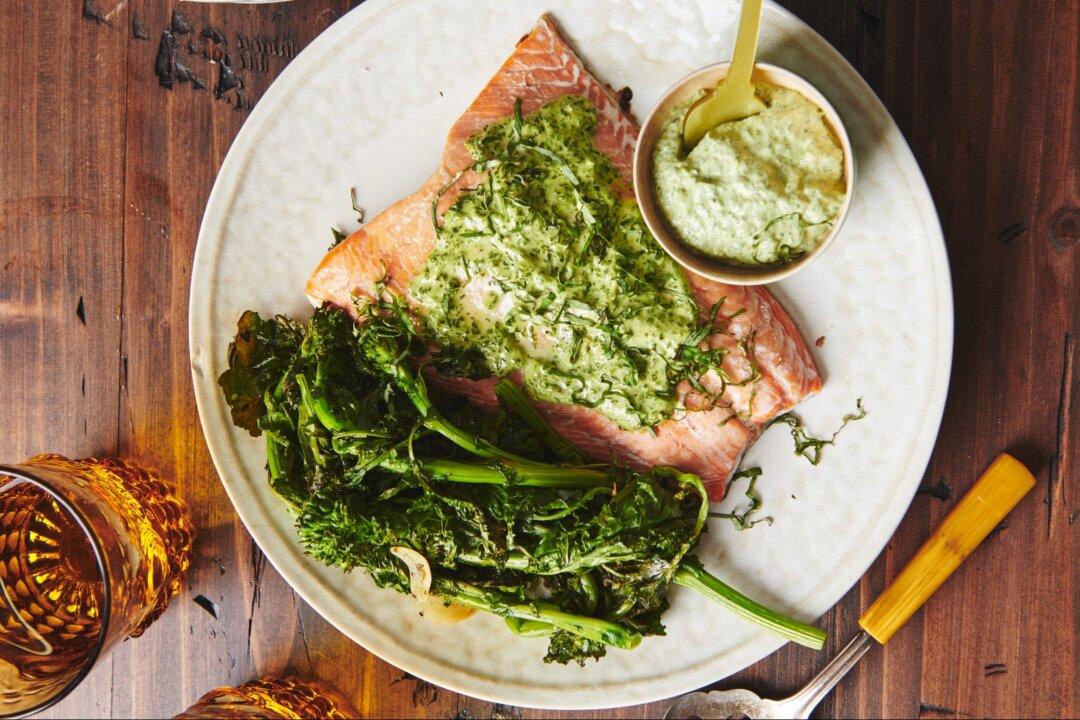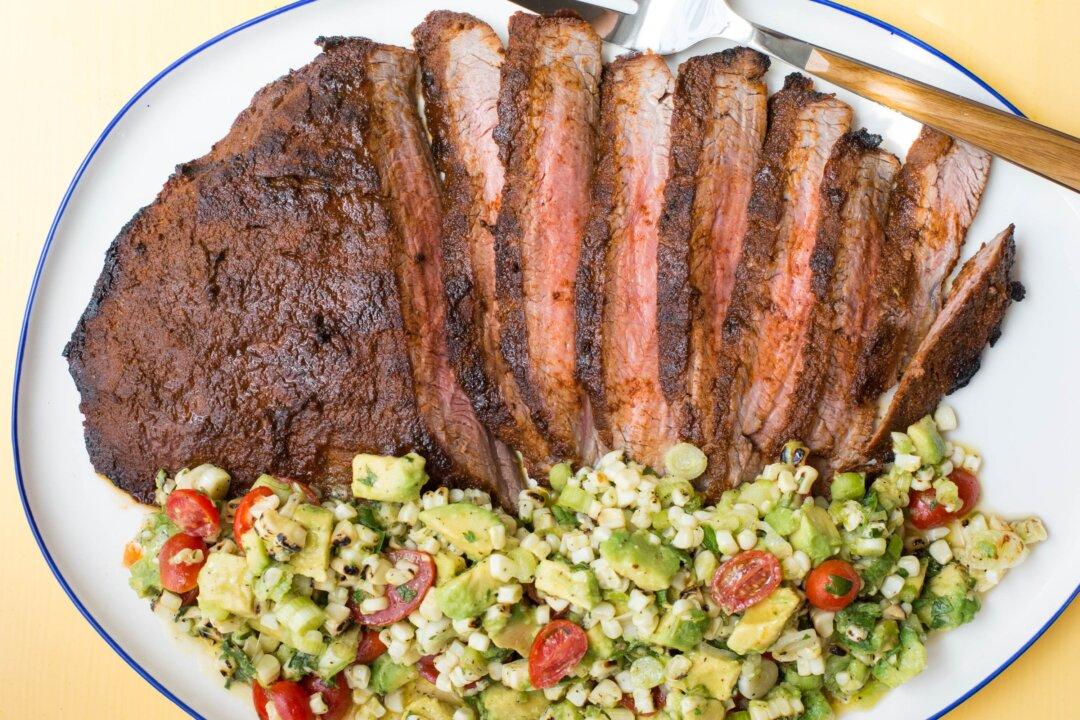This piece begins with some humbling self-reflection, some acknowledgment that there may be some merit to the old saw that the cobbler’s kids have no shoes.
One might think that a professional cook, food writer, and recipe developer would have imparted loads of wisdom to her children as they grew into independent young people. One might think that the older of these kids, a freshman at college, went off this past fall armed with a little battery of cooking skills and recipes at his fingertips. And that the high school child remaining at home is well on his way to becomes quite the chef himself, churning out healthy but delicious weeknight dinners in between track practice and homework. One might think! But one would be wrong.





